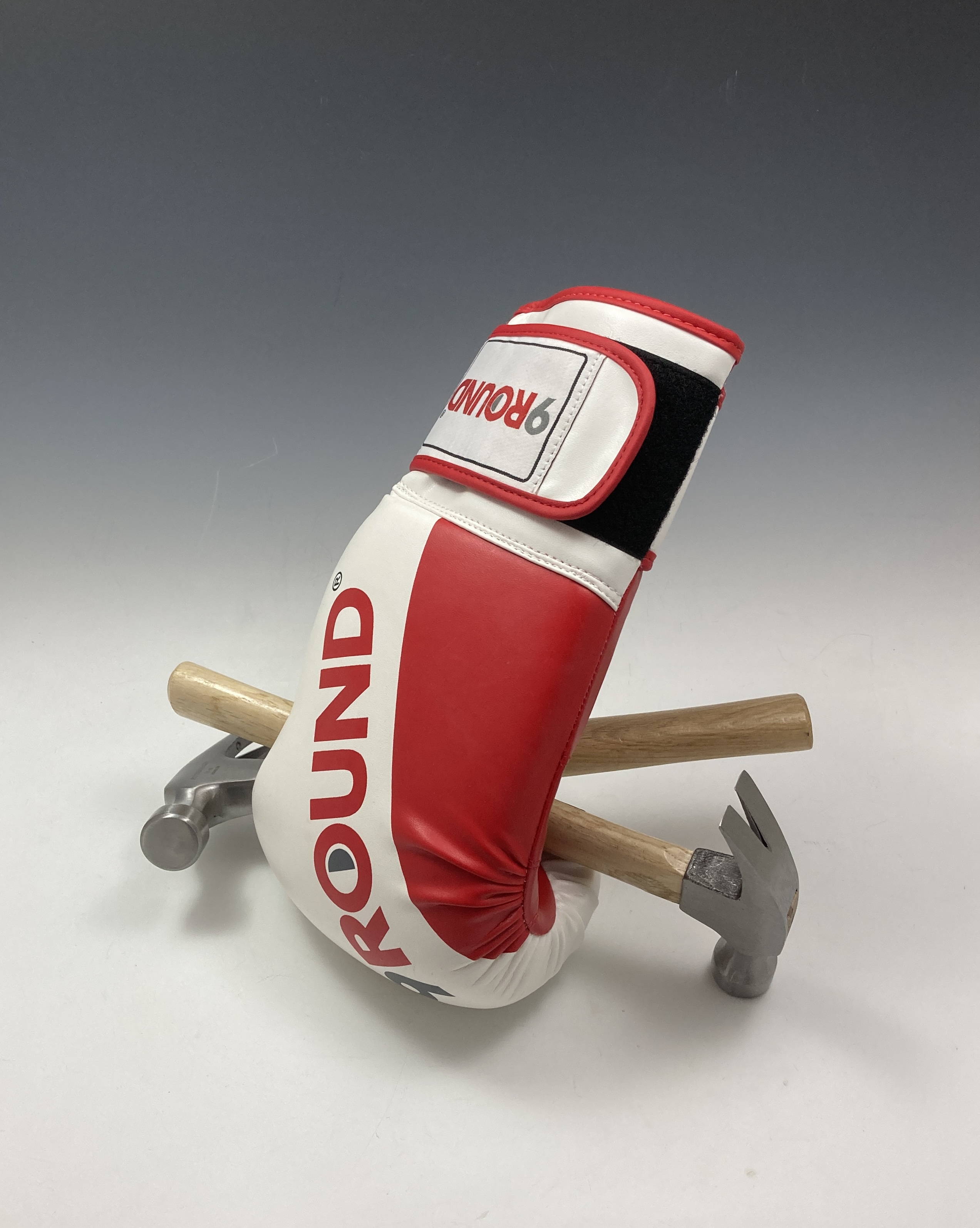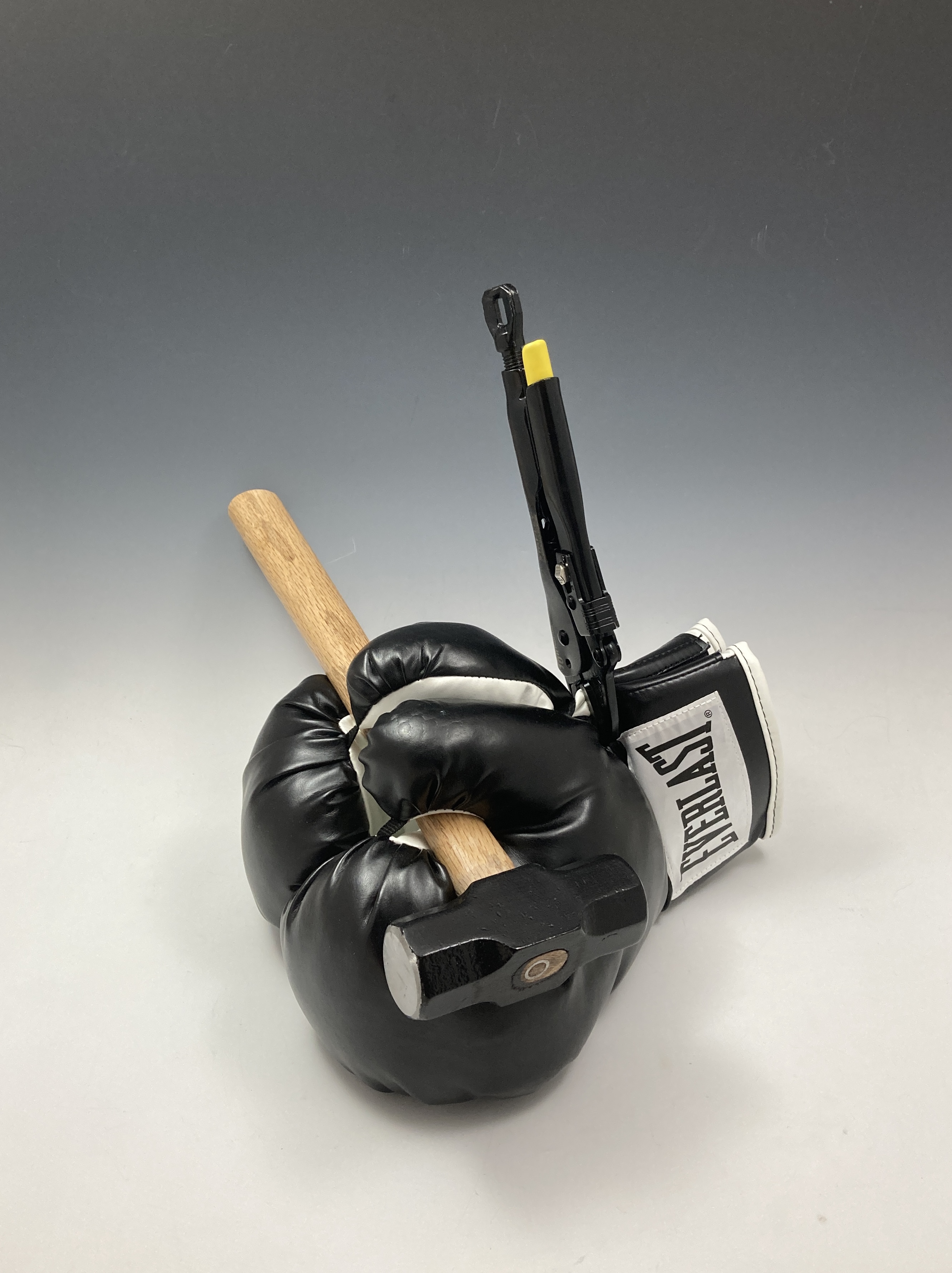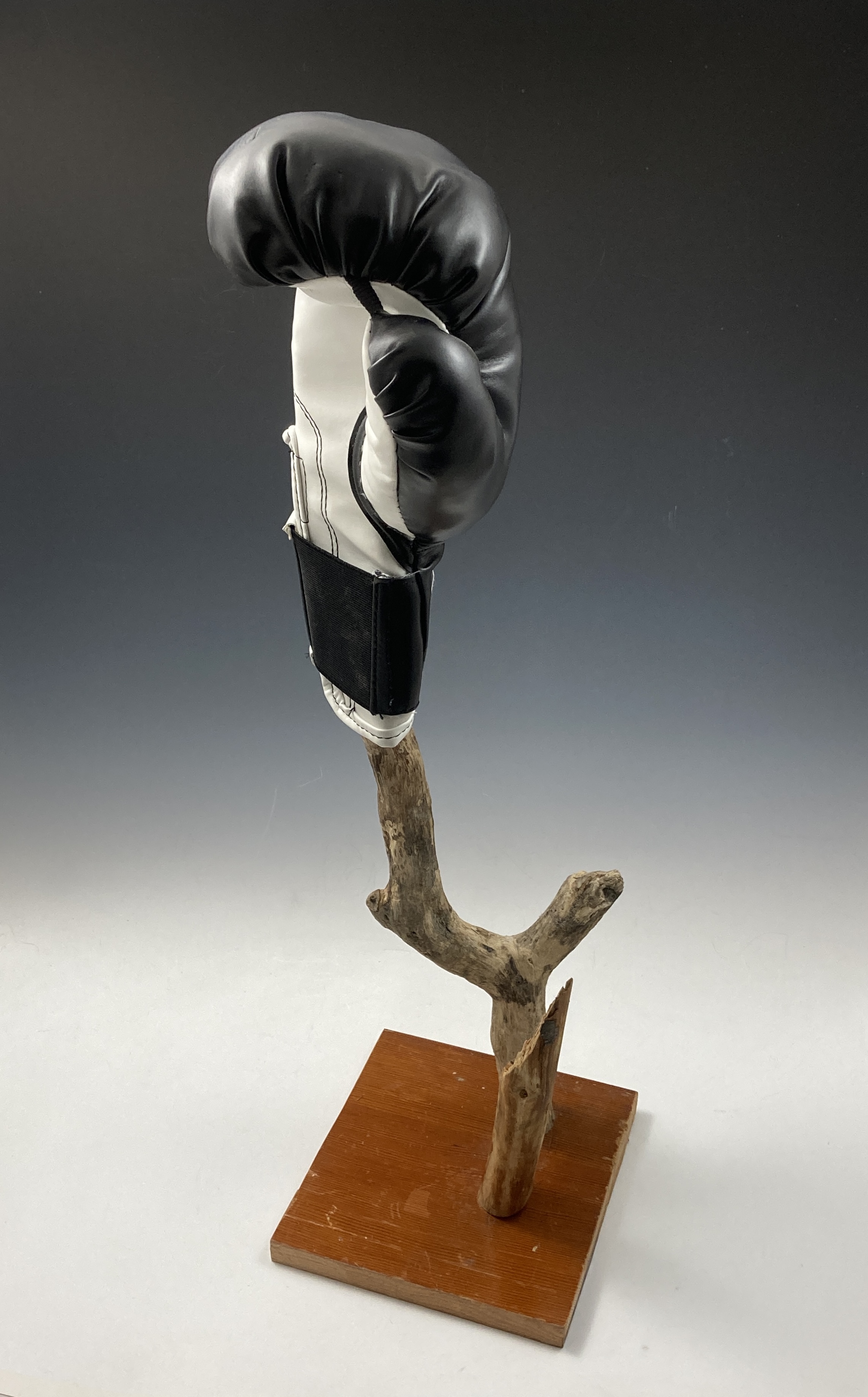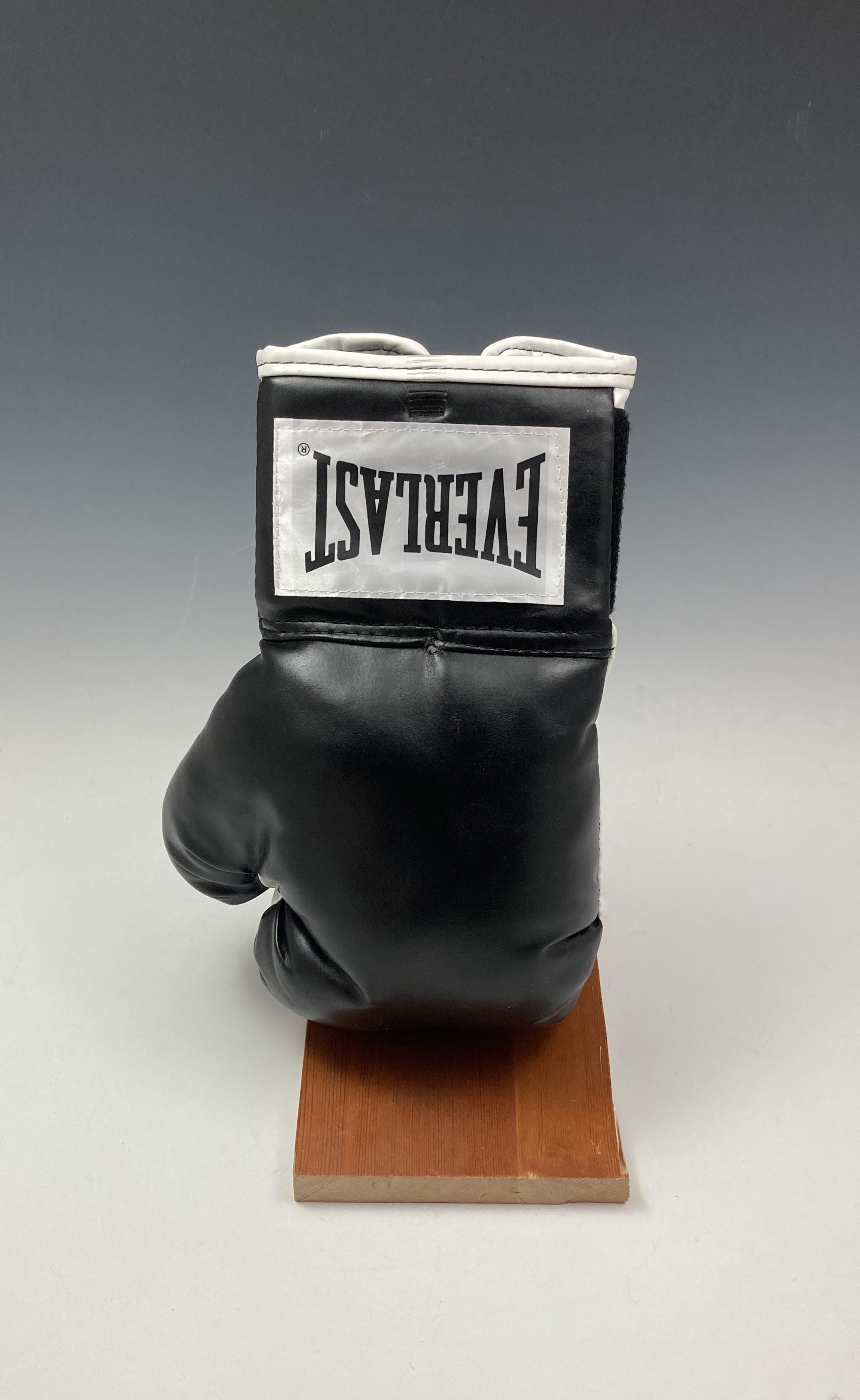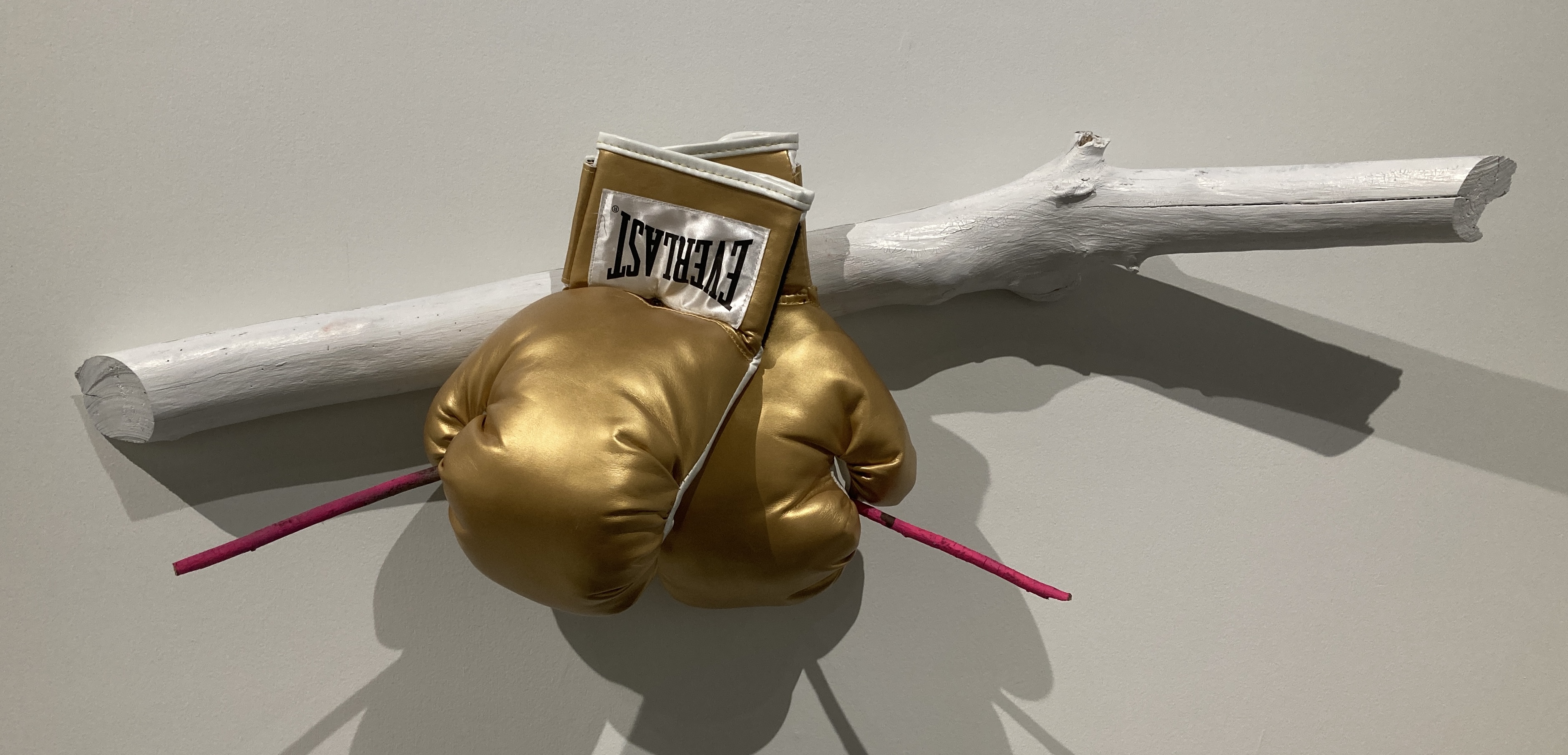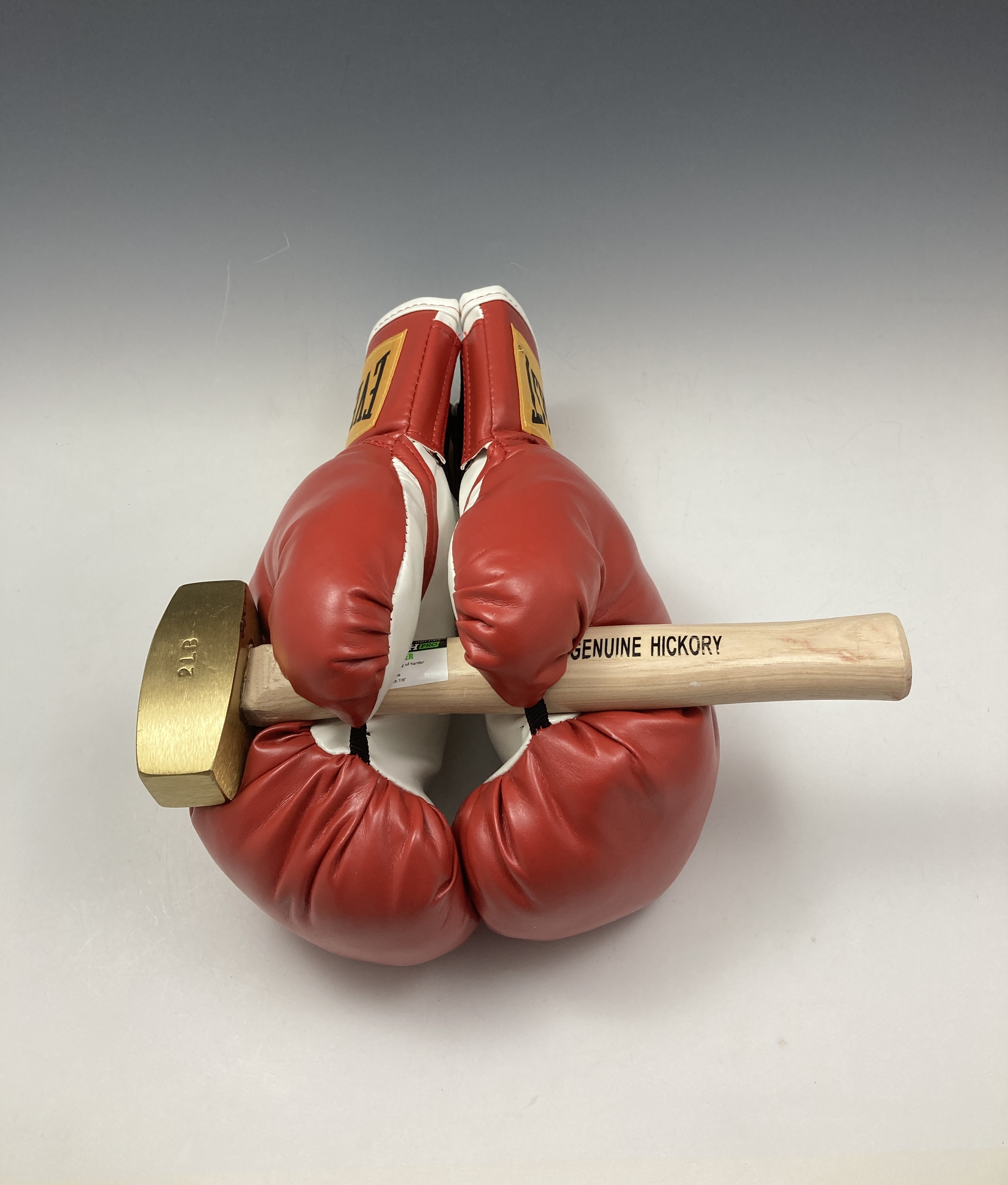Travis Johnson has spent the last 3 decades developing his craft as a creative and uses his art to explore the human experience by touching on the whimsical, silly, serious, and sometimes painful side of life. He uses the subtle nuances of classic western world iconography to tell a highly illustrated and visually rich narrative. His main artistic inspirations are: Bill Watterson, Justin Bua, Thomas Hart Benton, Kerry James Marshall, Kara Walker, Michael Hafftka, Bill Turner. Along with his visual art, Travis has spent the last 25 years singing throughout the US on various tours with his family singing group Fivacious. He continues to share his music as a solo act throughout the US. Travis was born in Southern California, where he grew up with his 5 siblings in the Mojave Desert. He is currently based out of Olympia, WA.
This group of assemblage sculptures is me asking the objects to transmute and hold different narratives. On the one hand, these objects are tools of a trade that is connected to violence, labor, blackness, and culture. I am asking these objects to hold a personal history and a black ontological cultural narrative. I am also asking the objects to be art and to be beautiful and to not be concerned with any assumptions.
These works for me hold a collage of meaning that feels different depending on what lens I am viewing them through. On one level I have many personal memories of sparring with my father and listening to him tell me the history of boxing while we worked, played, and existed together. On a more distant level, I am thinking about the function and placement that boxing (fighting) sits in our culture. Who do we think of when we hear the phrase “He’s the baddest man on the planet” or “the greatest of all time”
The combination of gloves, sticks, vices, and hammers is a recontextualization of labor objects and the ontological placement of black bodies. I am looking at the normalization of labor as it relates to black bodies and the black experience.
I am thinking about the duality of the fragmented black diasporic body being both celebrated and exploited in support of the reproduction of culture.
These pieces are an open-ended effort to honor blackness, black bodies, and black labor without the exploitive observation of black bodies.


